Thanks for joining me on another adventure in Shanghai! I hope my descriptions and photos let you feel like you are here with me! If you haven’t yet, please subscribe and let me know what you think! To subscribe, just enter your name and e-mail on the right side of the page. Once subscribed, you’ll receive an e-mail with each new post. If you’re curious about anything I’ve posted in this or other entries, let me know by commenting. You can find instructions on the “To Comment” page.
Now, on to this week’s adventures!
Life in Shanghai
As I’ve mentioned in previous posts, I have a new research project that I’m working on. So, during the week, I returned to my old research habits from graduate school, which means I am either downloading data or running long, time consuming codes. It’s been nice to flex my research muscles by working on my measurement of the low-redshift luminosity function. While I haven’t made any breakthroughs yet, there’s a lot of really interesting questions I am trying to answer about central galaxy assembly!
While my week focused on learning about galaxy assembly, the weekend was spent learning about Shanghai’s history. This weekend I had two adventures. First, I visited the beautiful and scenic Yu Gardens (located about 1.5 miles from where I live) and then on Sunday, I joined the Historic Shanghai group for a tour of the Laoximen district. It was very warm this weekend (mid 60s), so I wanted to take advantage of what may be one of the last warm weekends!
When I visited Shanghai in June, I went to the Yu Gardens. However, by the time I arrived the inside area was closed for the day. While the outside is a beautiful Koi ponds with fountains as well as majestic pagodas, this time, I made sure to see the manicured gardens located within the walls.

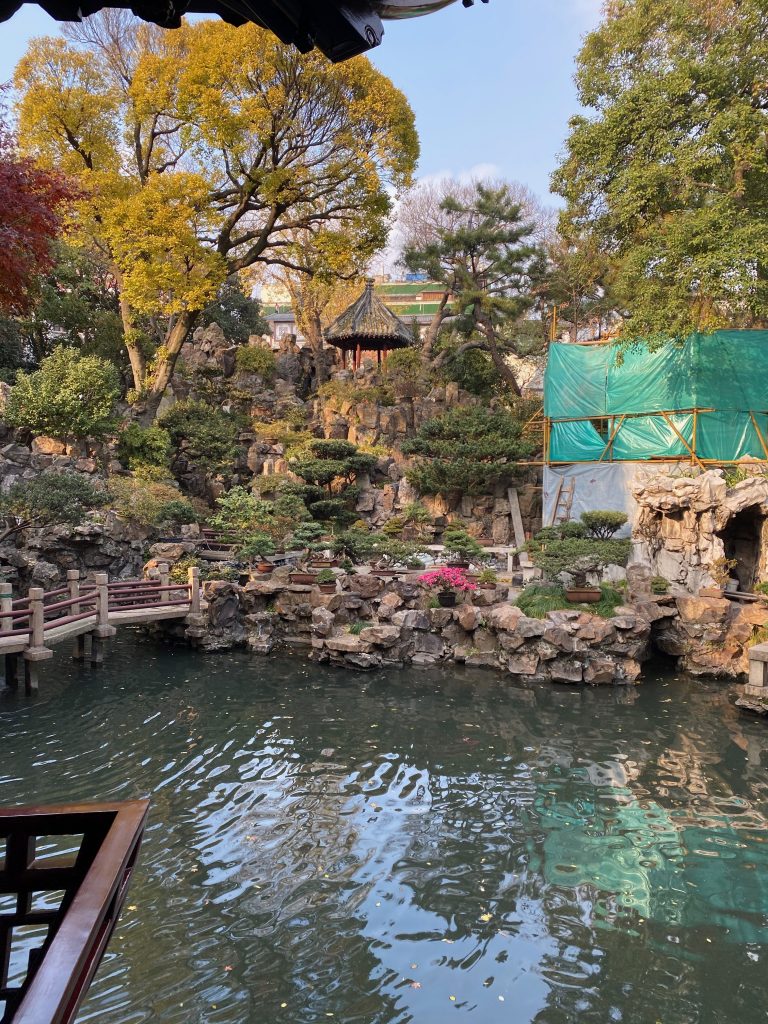

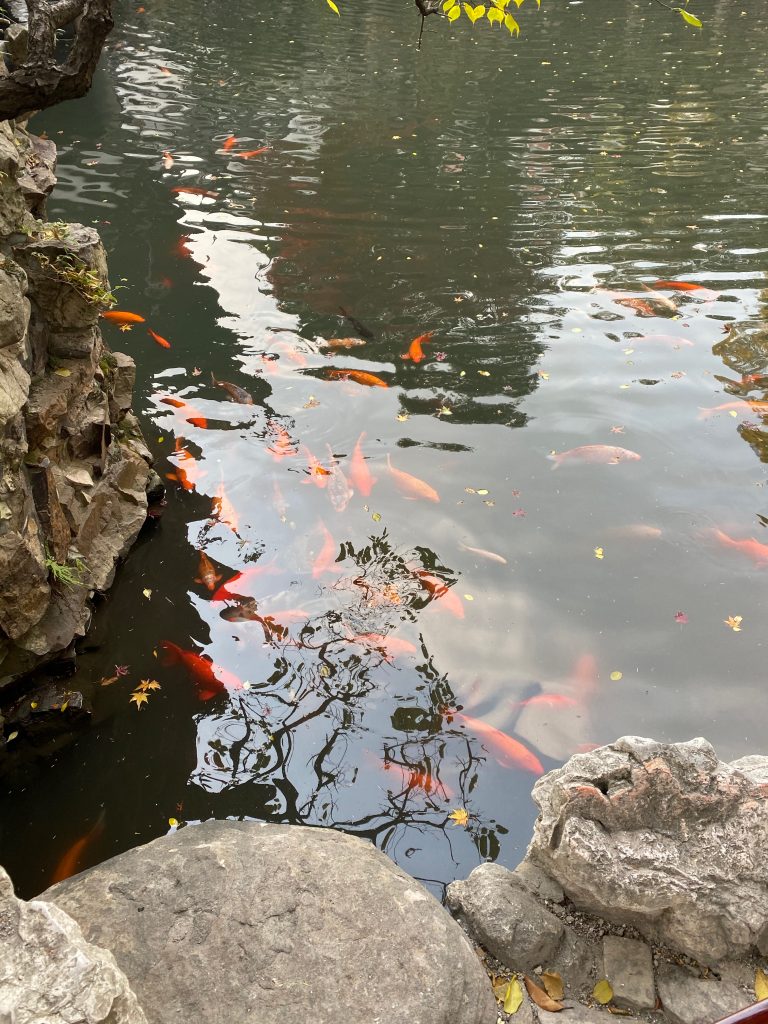

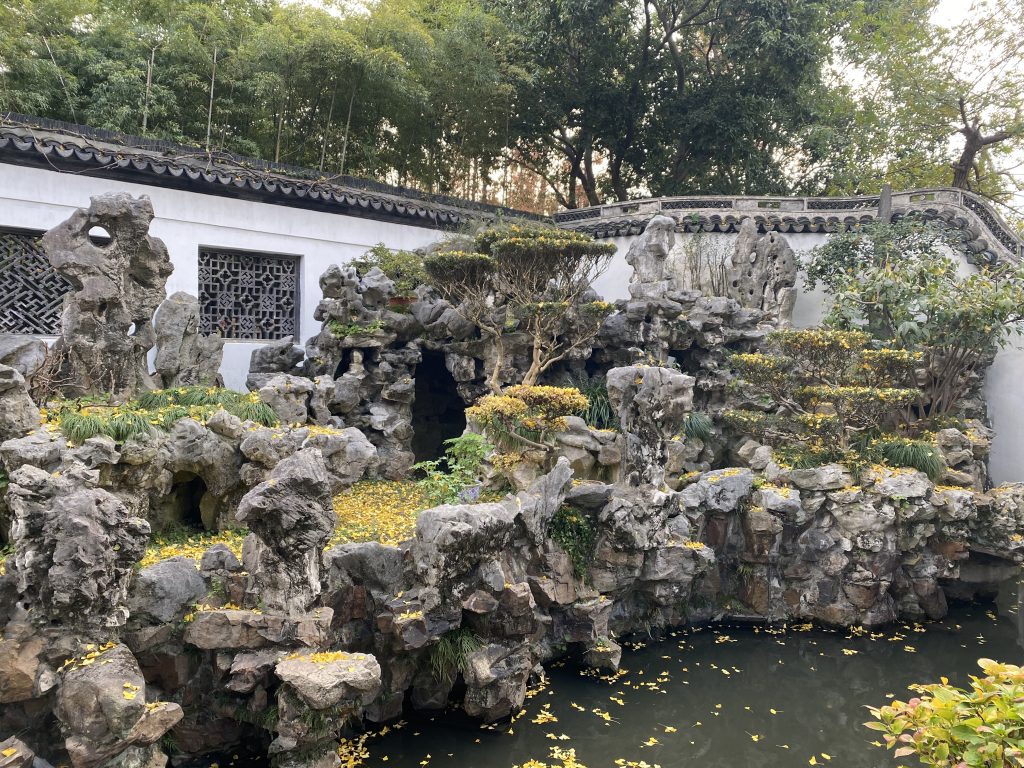
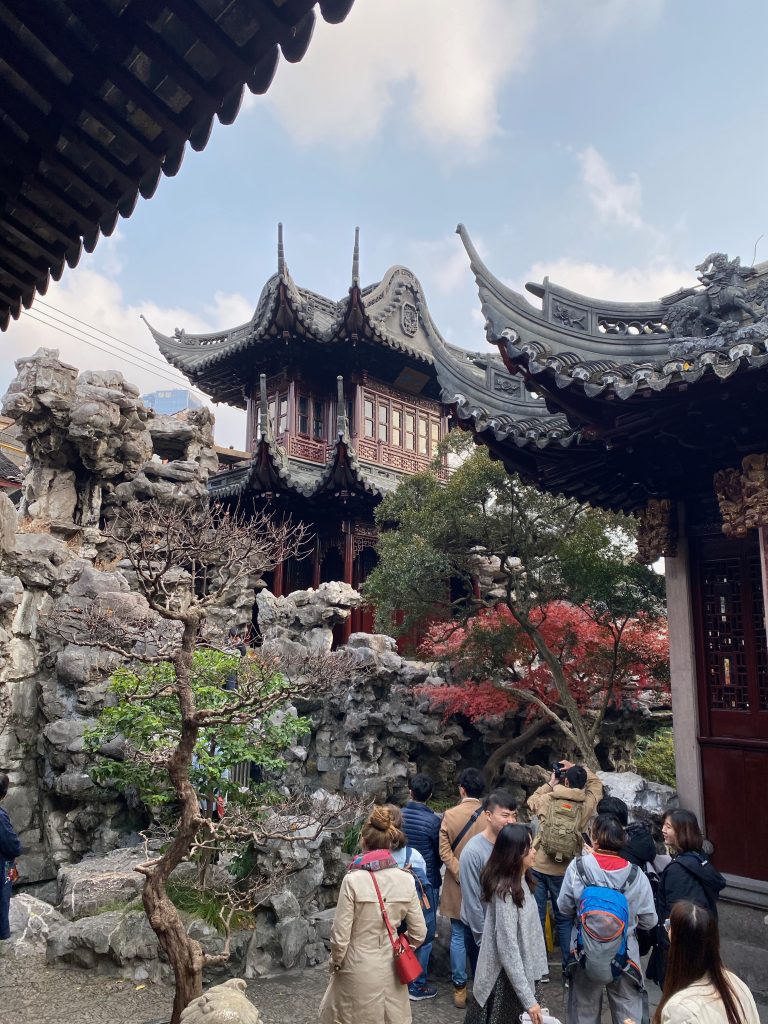
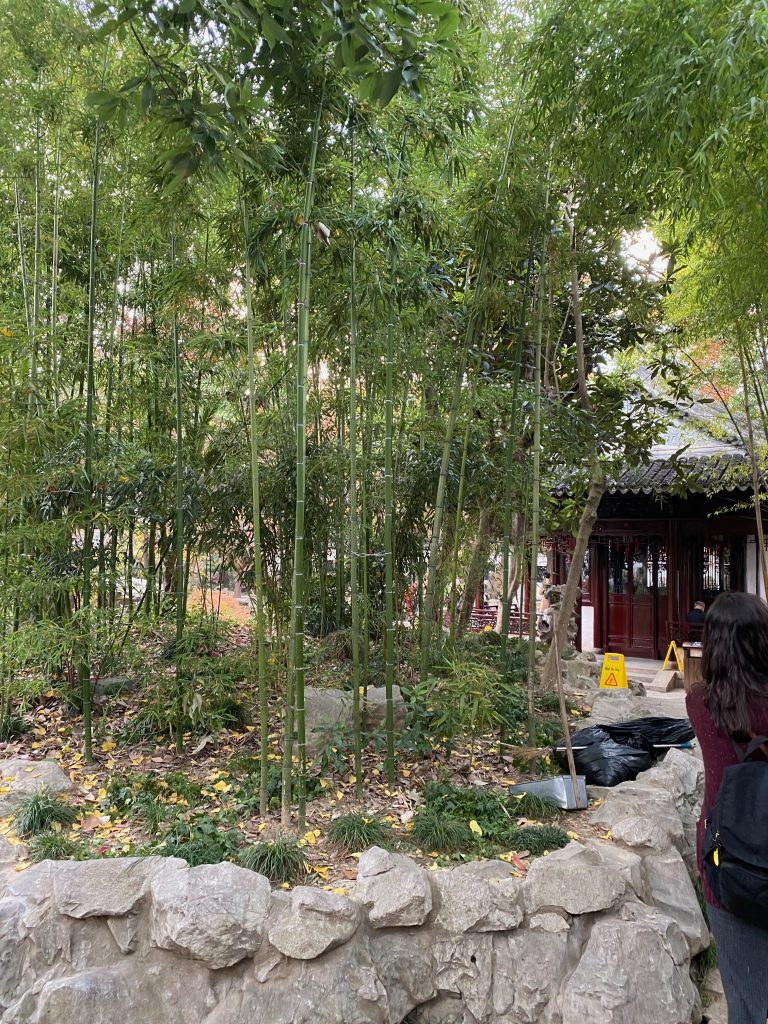

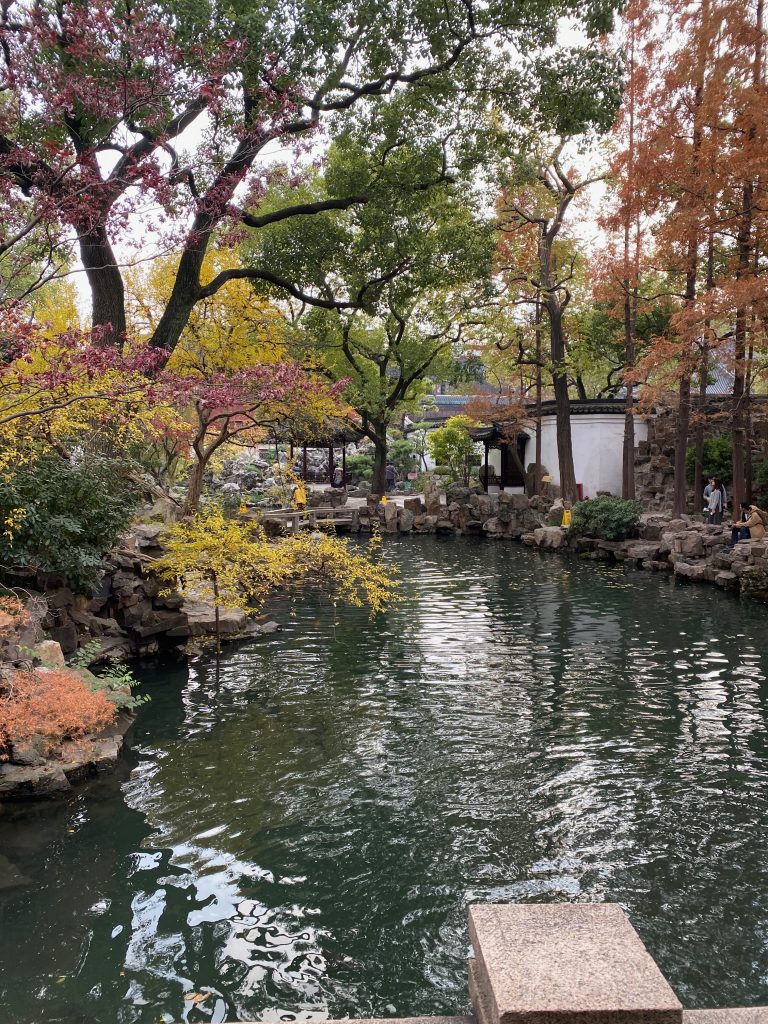
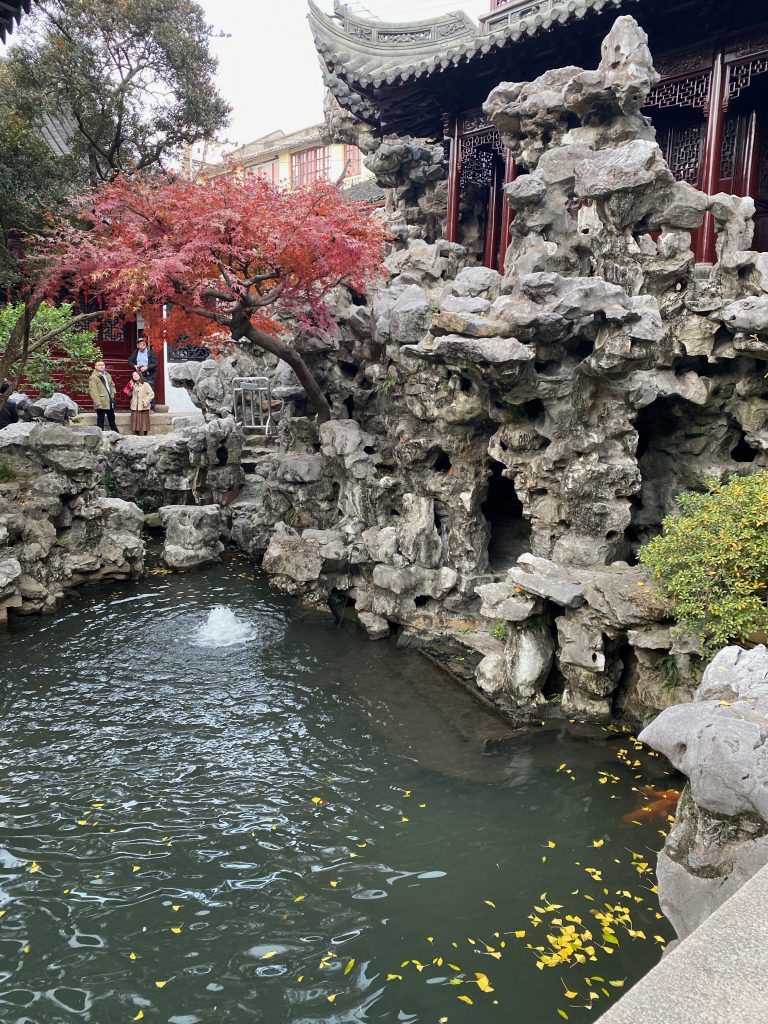
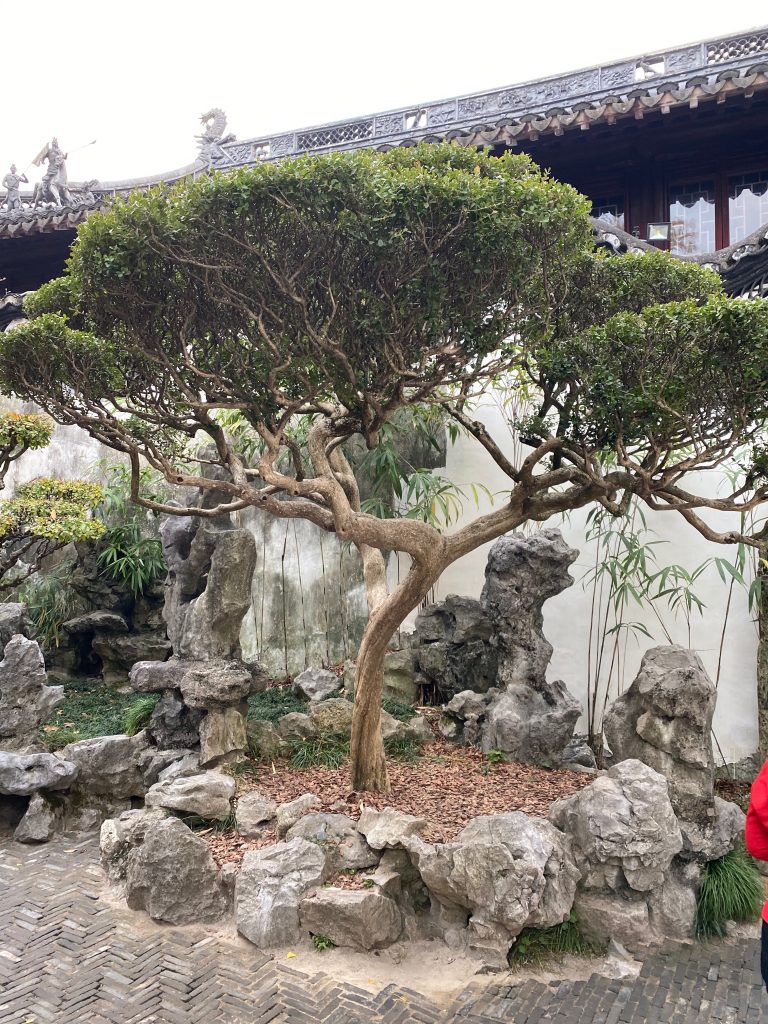

Notice the Dragon! 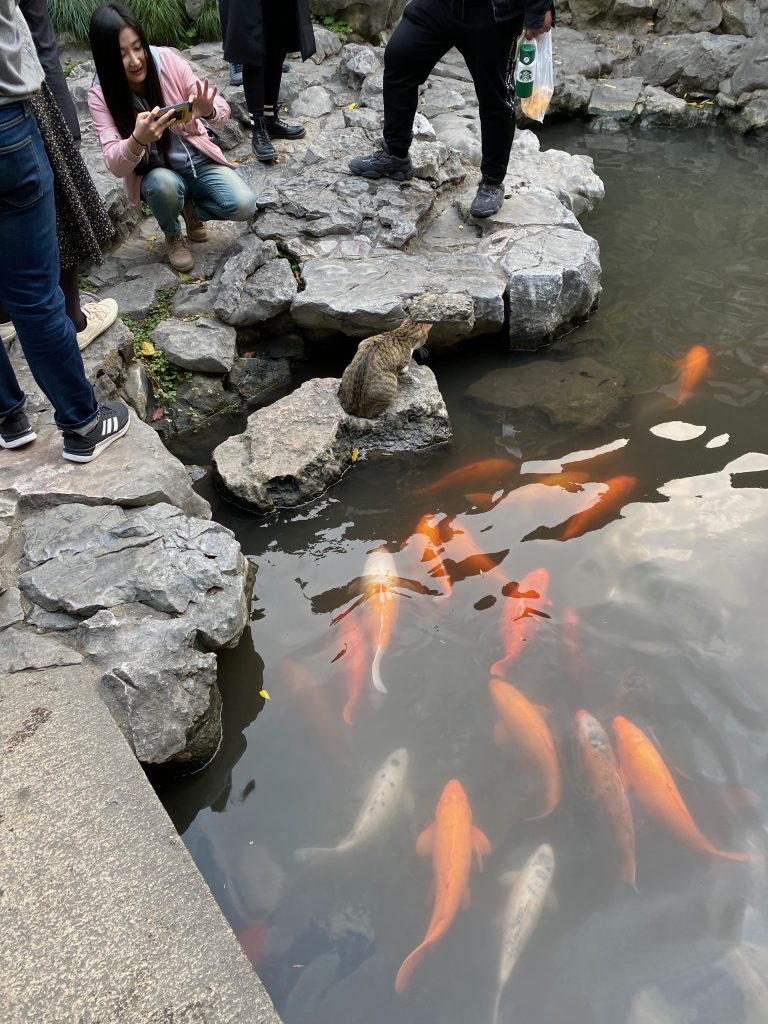
Someone is looking for lunch! 
These are stunning! I really like being here during the fall/winter, because you can see some of the trees change colors. Now you may be wondering, where is this? The Yu Gardens are not outside of the city; rather they’re located in the center of the Yuyuan shopping district (which was built around the gardens in the old Shanghai style). The Yu Gardens were built as a home for a wealthy family in the mid 1500s. The grounds are meticulously manicured and still look amazing today! Although it’s not a huge complex, the paths snake around so you feel like you’re in a mcuh larger area than you actually are.
In addition to the natural landscape, the Yu Gardens house gorgeous buildings with ornate decorations. There are dozens of lion statues. Here I am grabbing the ball from inside the mouth of one of the lions!
As noted earlier, Yuyuan is surrounded by a shopping district. This is a very popular area with tourists (Chinese and western). You can see the area already decked out for Chinese new year, which is coming up in about 5 weeks. This is the year of the Rat!
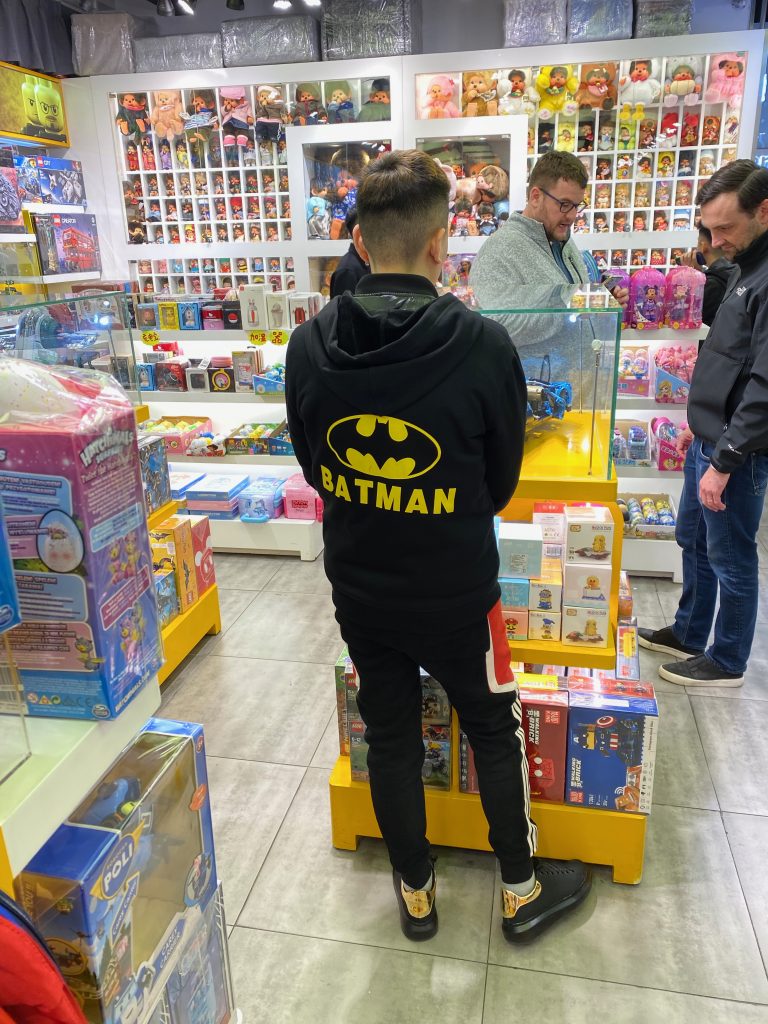
I guess just like in the US, where Christmas decorations show up weeks in advance, the same is true for Chinese New Year Decorations!
While in the shopping district, I had to stop in the toy store called Superman toys! They had tons of different anime and comic book figurines. As many of you know I’m a huge fan of both, so I’ll be back once I’ve built up some savings in RMB. I know that both Emmet and my friend Ryan would really enjoy seeing this place! Here are some images of the Dragon Ball Z and My Hero Academia figurines. There were also a ton of One Piece and One Punch Man as well.
In stark contrast to my adventure on Saturday, on Sunday, I joined the Historic Shanghai group for the tour of the Laoximen or Old West Gate district in Shanghai. Patrick and Tina who run Historic Shanghai gave the presentation at Kehilat Shanghai last week about the Jews in Shanghai.
Laoximen is part of the original walled city of Shanghai that was built in the 1500s. Today, the neighborhood consists of buildings that were mostly built during the 1920s. It was built later occupied by the Japanese in the 1930s/40s. This neighborhood is scheduled for urban renewal/renovation (i.e. it’s going to be torn down). So, many of the residents had already left, although some are still holding out for a better deal with the government. I wanted to visit and share this story with you to provide a different view of what the city looks like. Not all of it is as glamorous as what I’ve shown you.

The images show the different kinds of architecture that exist here. While most of it is run down, you can still see European/western features intermixed with Chinese touches, such as the animals (that were symbols of luck or strength), symbols, and writing. Additionally, you can see the layers of brick and cement that cover these buildings, highlighting how this neighborhood evolved.
The characters above us in the group photo depict Maoist slogans that adorned all of the homes during the cultural revolution. Interestingly, I learned that during the cultural revolution, many of the affluent families fled from there homes. These homes were then turned into multi-family apartments owned by the state. Ironically, I think that this is the case for the row house building that I’m living in as well, since the other residents are either families or elderly residents.
Additionally, we also visited a Buddhist convent in Laoximen (which is not slated to be torn down). Prior to my visit, I didn’t even realize there were Buddhist nuns. Being on the tour, I also learned about a lot about Buddhism. During the cultural revolution, religion was outlawed (it no longer is). So, all of the Buddhist monasteries in major cities were shut down and their statues were destroyed. So, everything I’ve seen is rather new. Additionally, I also learned about some of the iconography, described below. For those, like me, who know little about Buddhism, there are public services on the 1st and 15th of each lunar months as well as other holidays/celebrations.

Two of the four guardians of the cardinal directions, which protect the temple from evil 
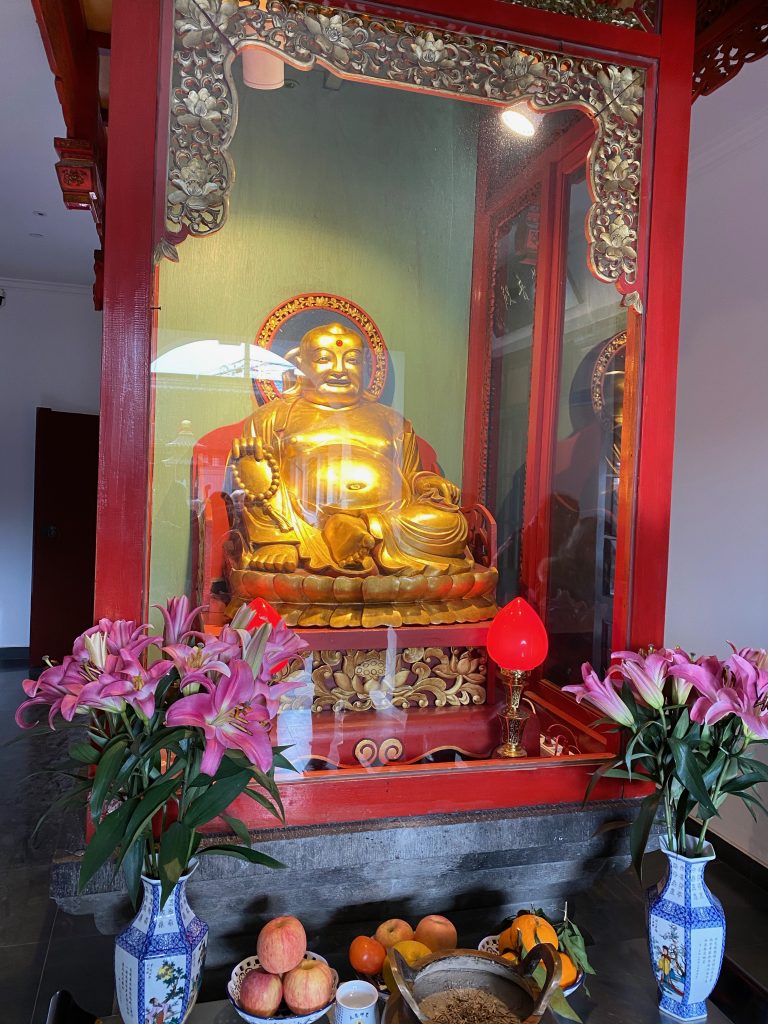
The Fat or Happy Buddha 
Guanyin the Goddess of Mercy 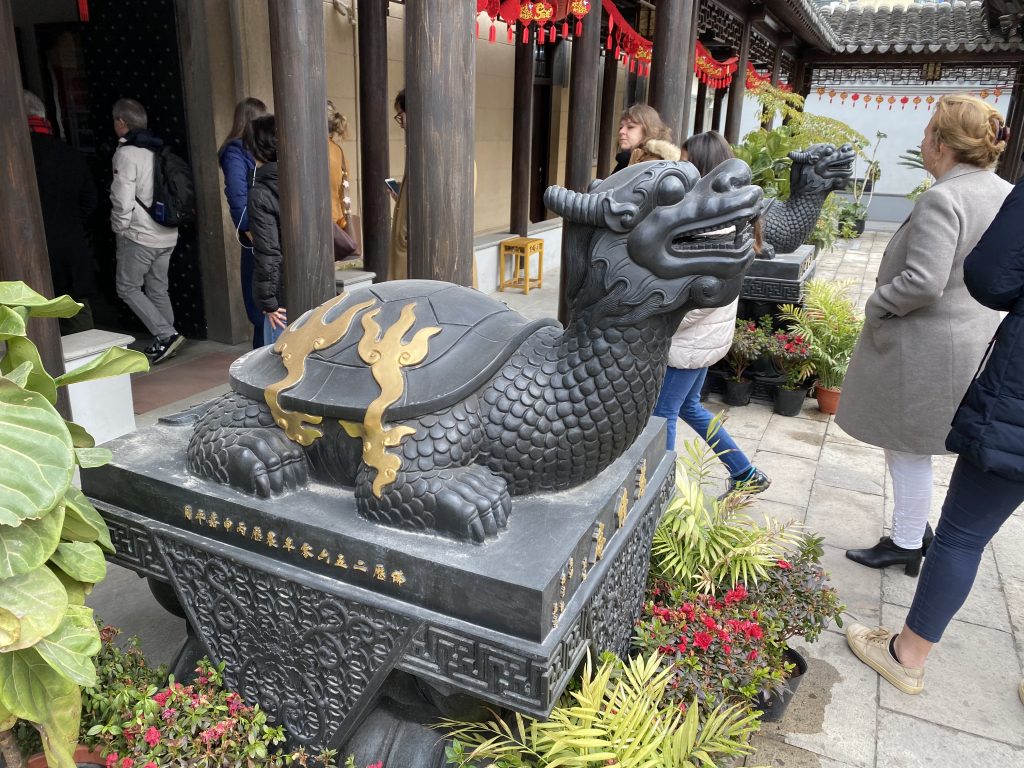
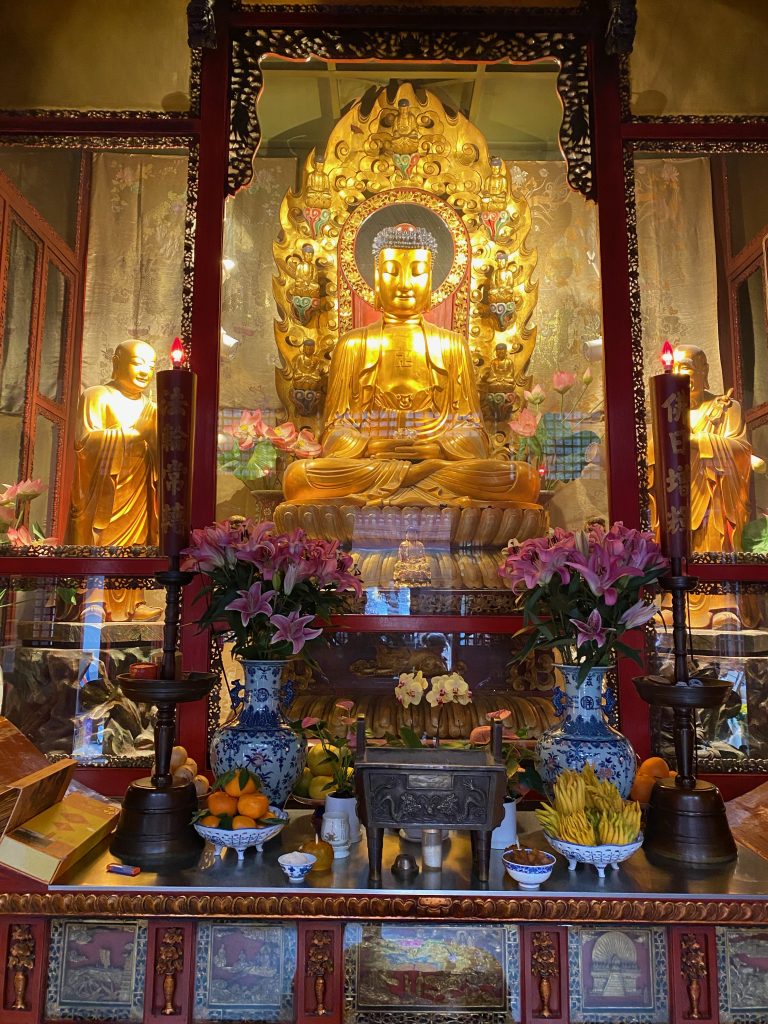
Buddha on a lotus leaf, flanked by his acolytes
Overall, the tour was a fun way to learn the history of Shanghai. I definitely plan on joining the Historic Shanghai group for other tours of my new home city!
Now, some of you might be wondering, since it was warm, did I go running. Of course! Since it was very warm (and that many not happen for a while), I pushed my self and did 7.25 miles! I definitely am close to my half marathon shape! So, I’ll be keeping my eyes (and WeChat account) posted for races in the spring! During my run, I also ran into one of the undergraduates who works with Prof. Zu at SJTU! This was the first time I’ve run into anyone that I know in Shanghai. Hopefully, as I get to know more people this will occasionally start to happen, albeit this is a megacity with 26+ million people, so who knows.
During all of the tours and adventures, I also saw a ton of cool billboards and advertisements. As you can see, there are amazing things to see everywhere I go!
And yes, as an Astronomer, I had to take a picture of the Astronaut.
Food in Shanghai
After my long run Saturday morning, I treated myself to a lunch with a ton of different seitan options!
The first is a soft stewed seitan with mushrooms and peanuts. The second is a crispy seitan kebab with cumin. The third is a seitan sizzling platter with peppers and broccoli. It’s awesome being able to try so many different kinds of food here! If there’s anything I have yet to try that you think I’m missing or that you’re surprised I haven’t had yet, let me know!
I hope you enjoyed experiencing my visit to the Yu Gardens and Laoximen! This week will be another normal research week. I look forward to sharing my adventures with you next week, which will include some pre-Channukkah and Channukkah activities! If you have and questions/comments, let me know!
In peace,
Jesse
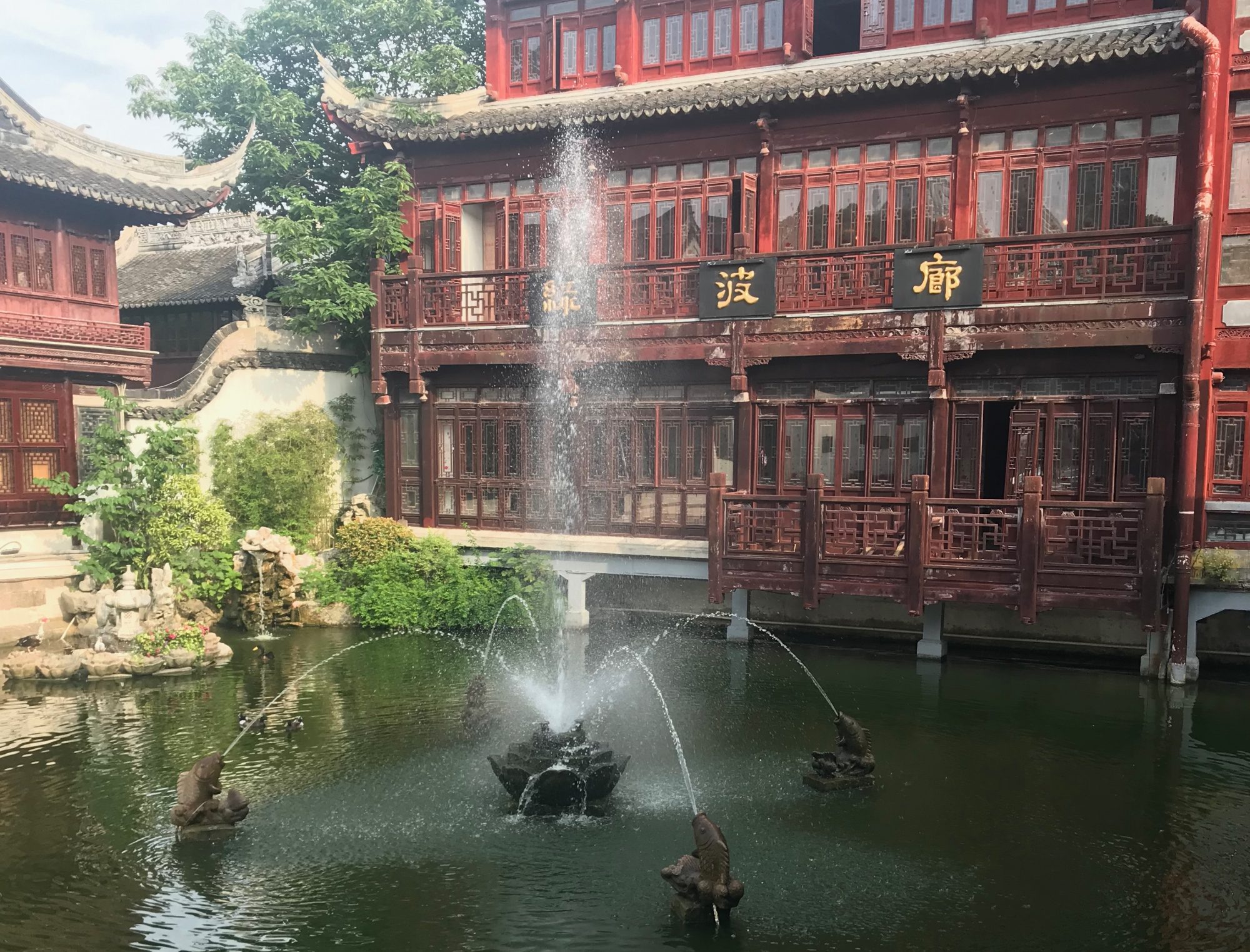




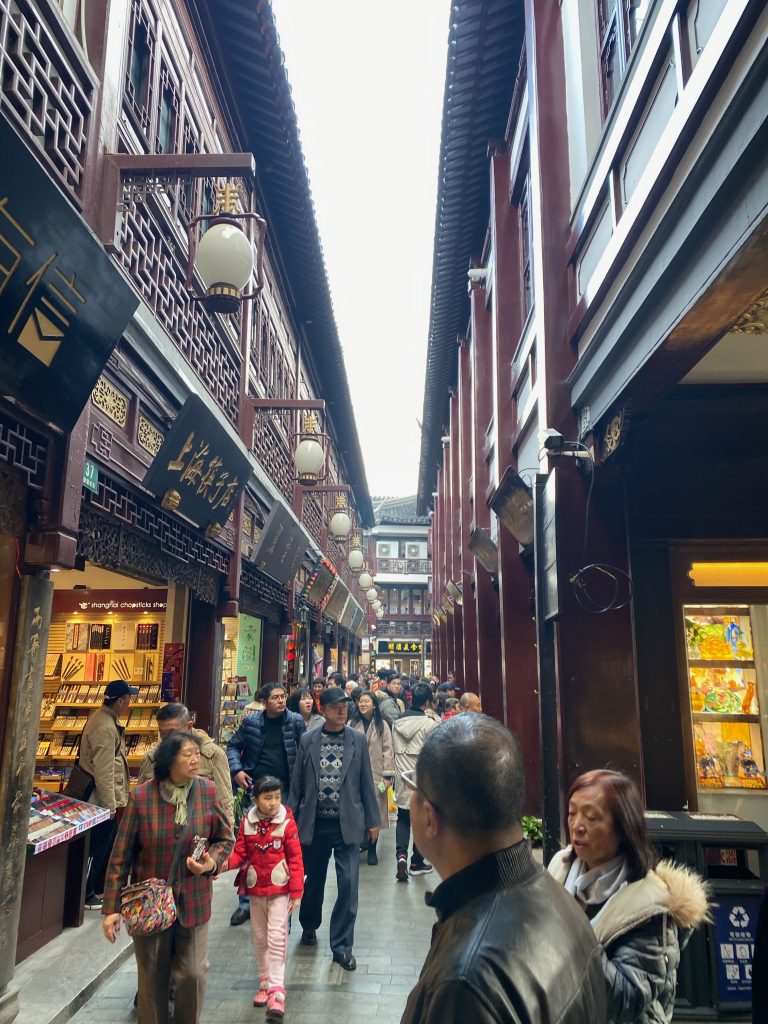
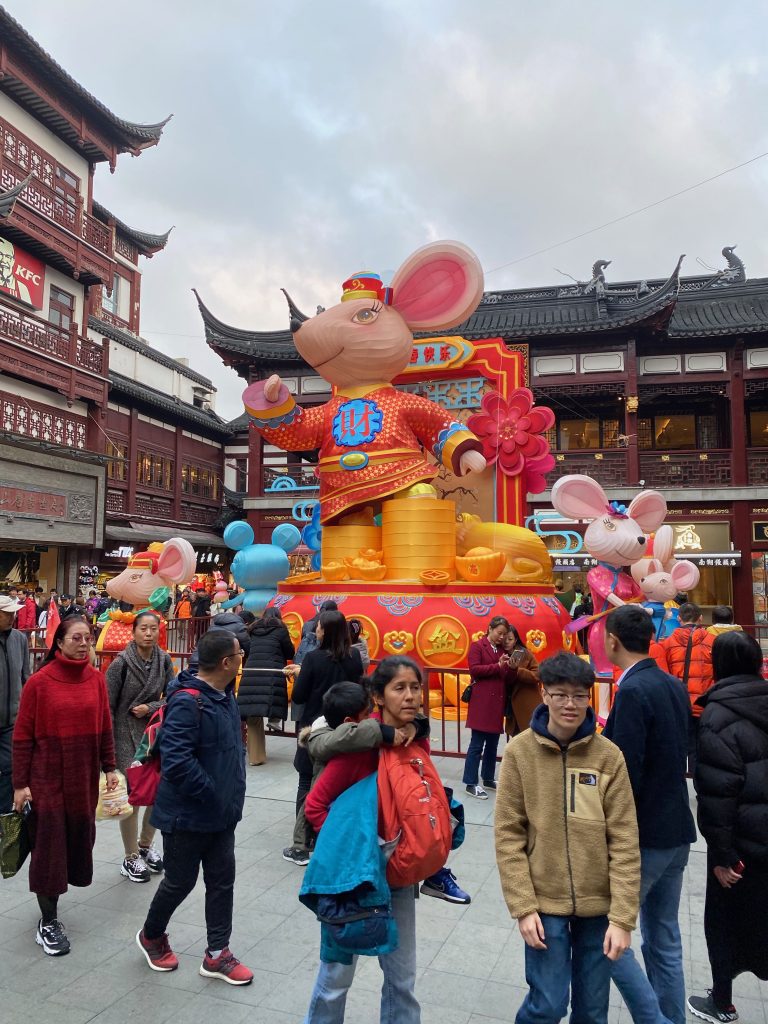
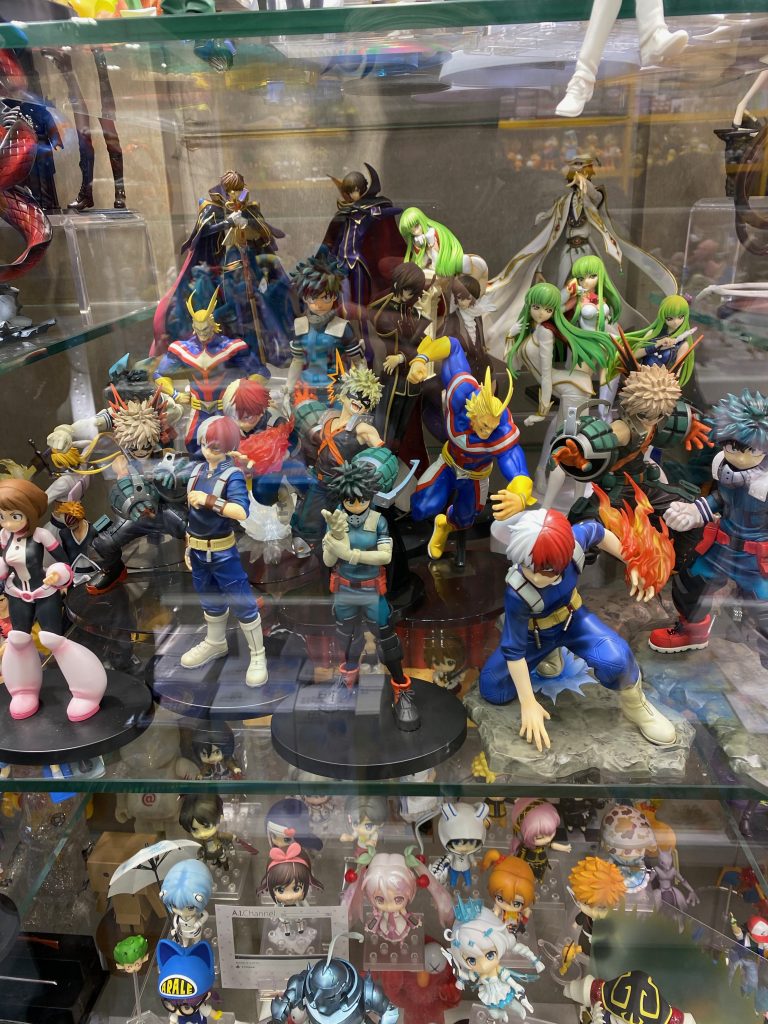
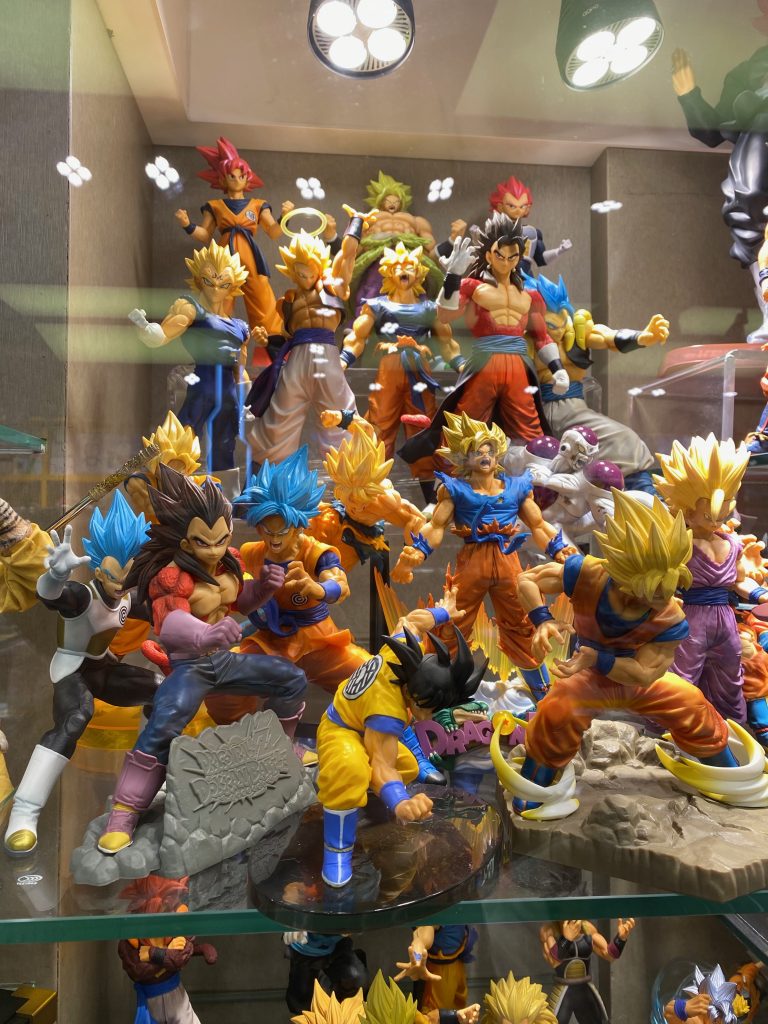


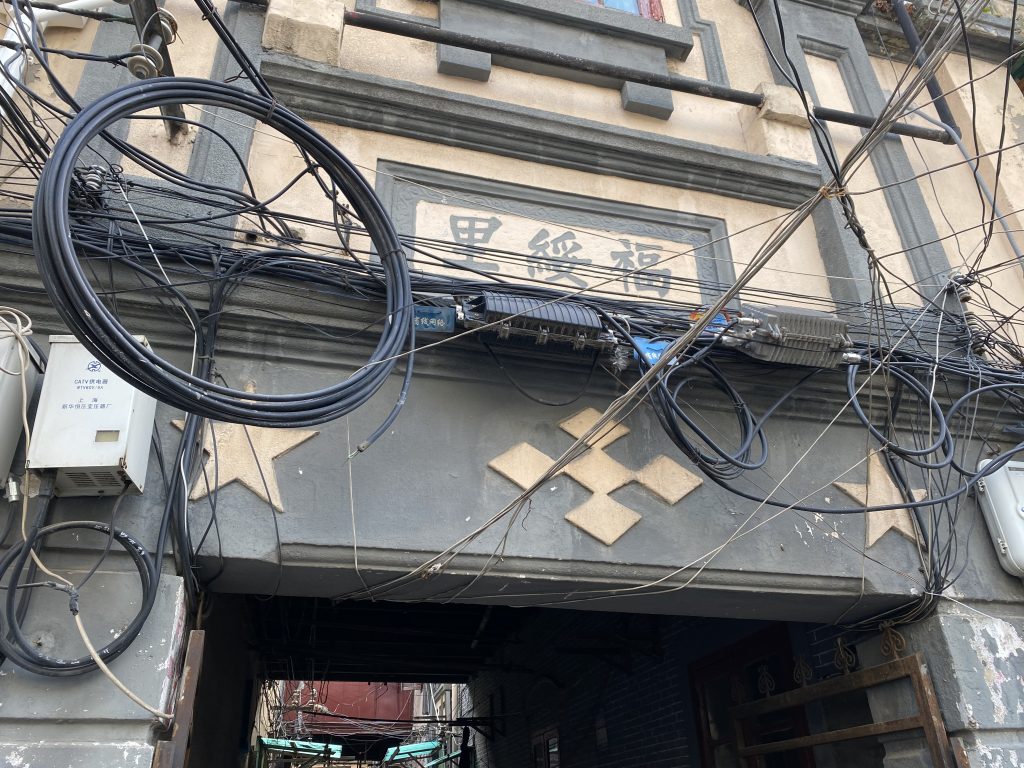
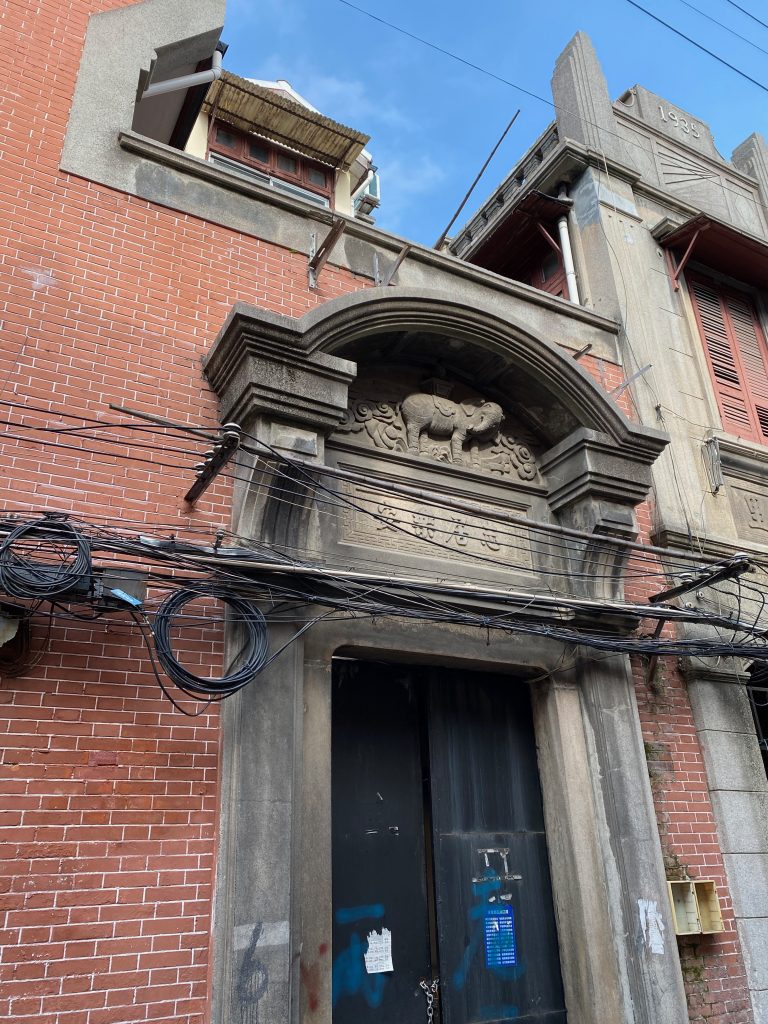




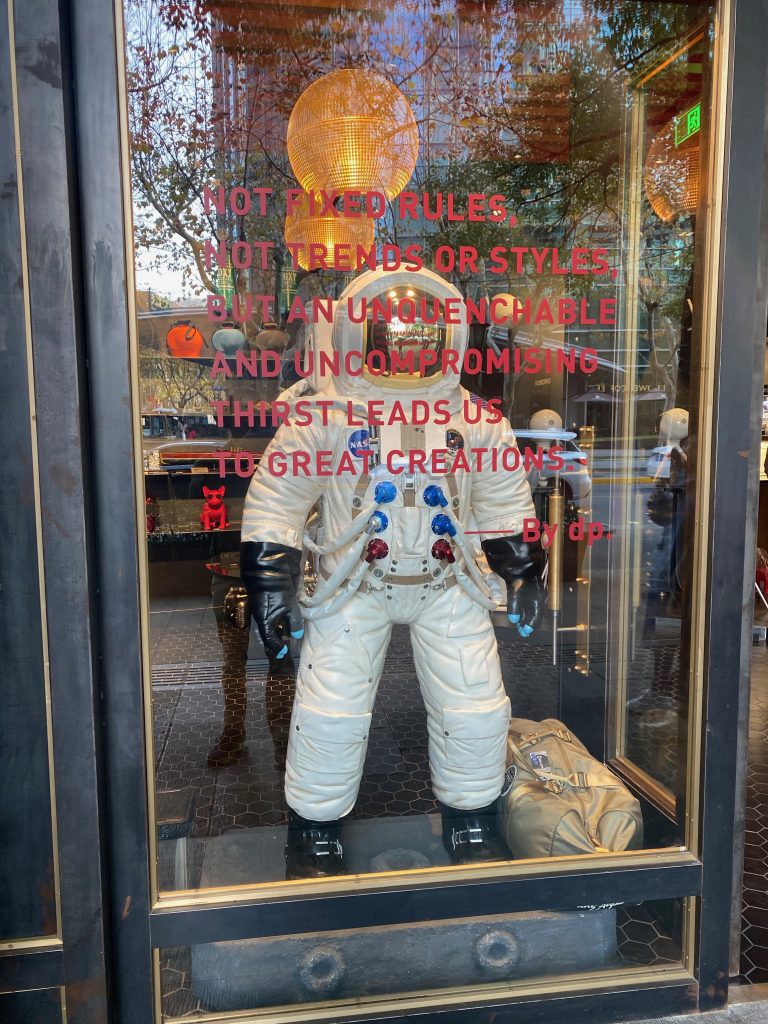
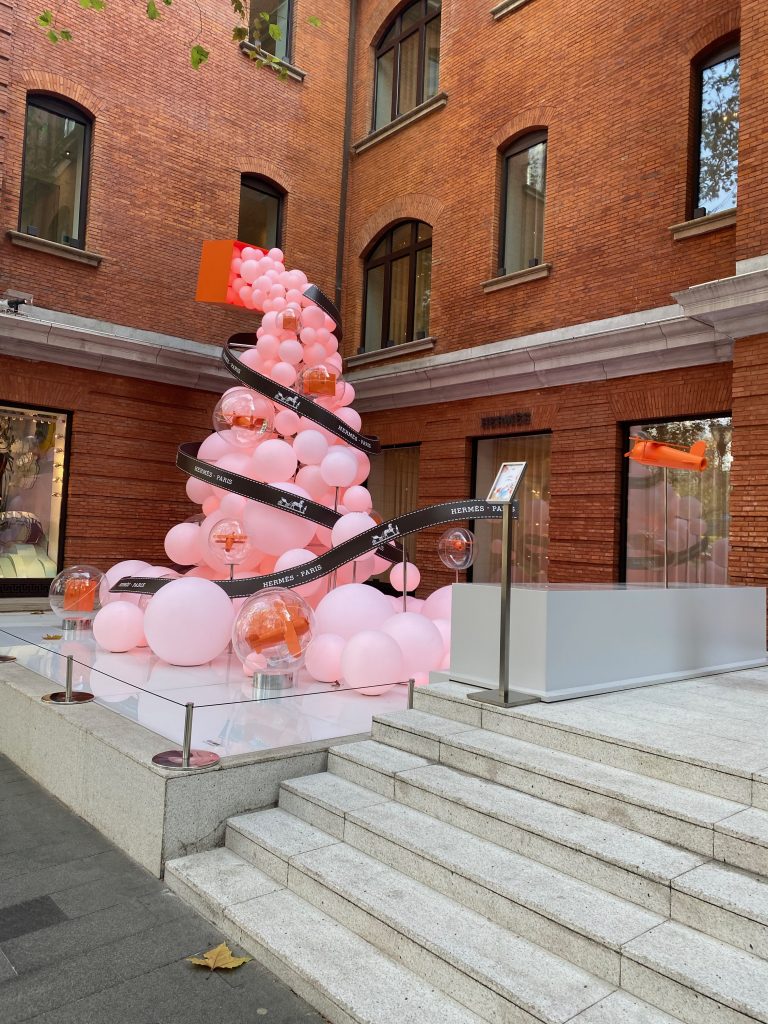

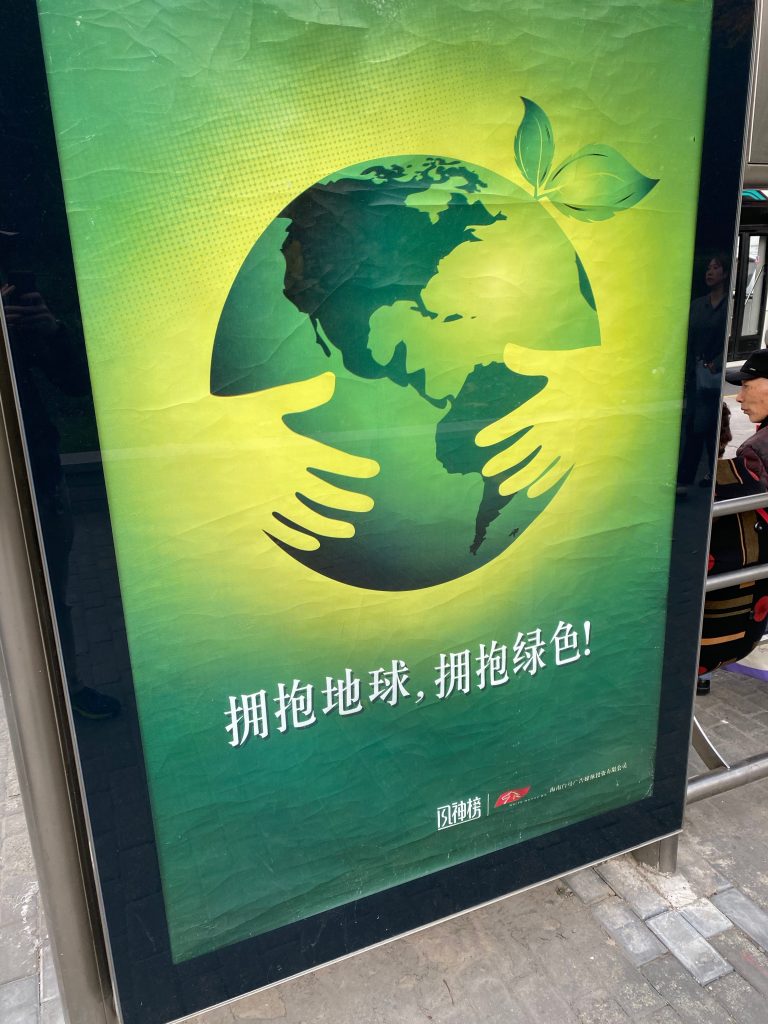
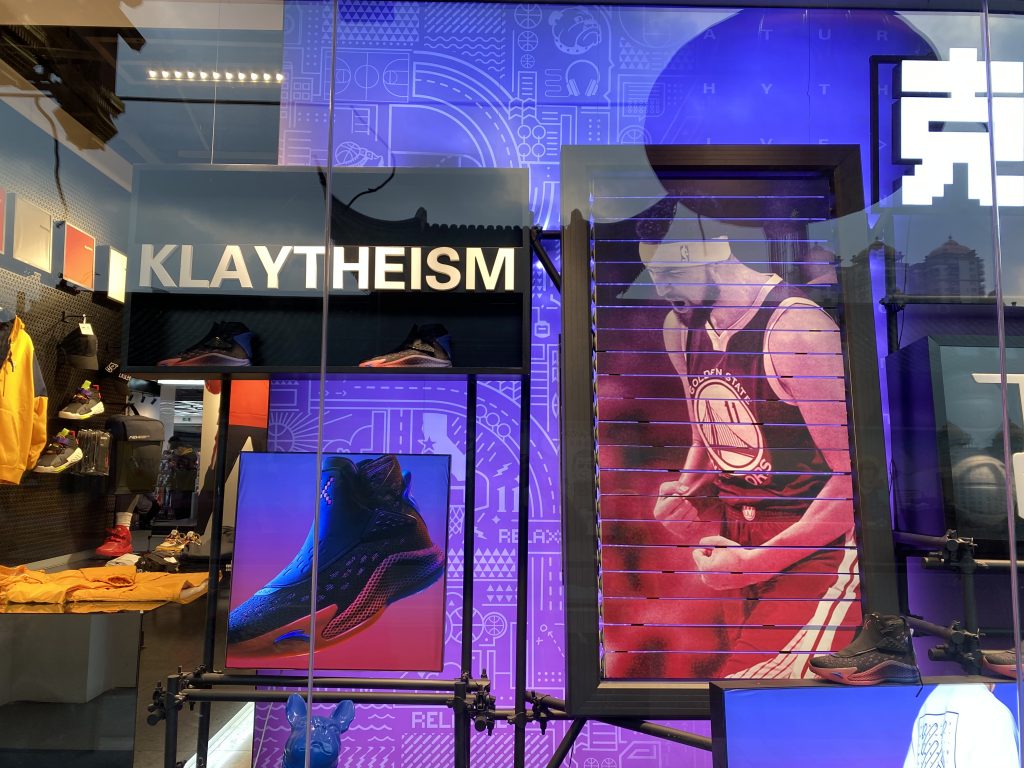
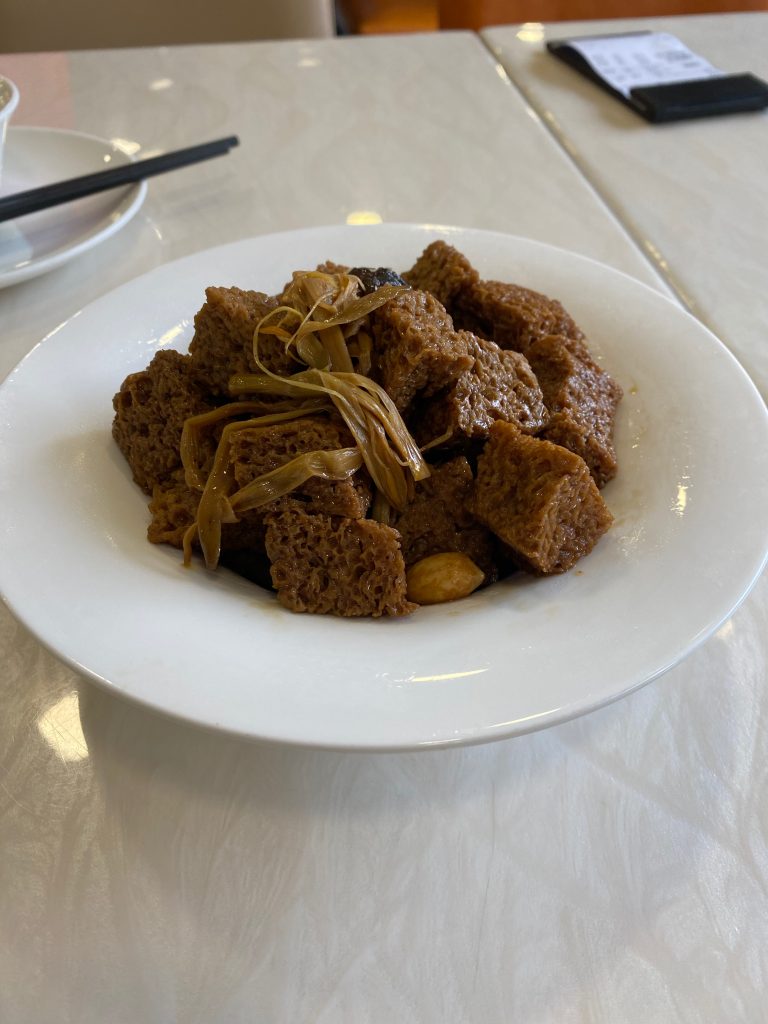


It looks like you had a fun weekend! I loved seeing the anime store! The Yu gardens look amazing! It really is hard to believe that they are in the middle of Shanghai. They’re so much more majestic than the Boston commons. Will any of the style of Laoximen remain once its rebuilt, or will it be completely modern? Also, did you see any of the nuns when you visited the convent. I know some Japanese Buddhist monasteries have monks doing a lot of daily chores and tasks to better focus themselves. Nice job with the run this week. You definitely earned all of that delicious seitan!
Hi Emmet! Thanks! I’m glad you enjoyed the pictures. They didn’t know if any of the Laoximen buildings would be rebuilt in that style. However, given that this happened to Xintiandi (where I live) about 20 years ago, I’m going to assume most of it will be rebuilt in a modern style. I did see a few of the nuns who were doing chores such as cleaning the temple.
Well Jesse lm so pleased to see how much your able to assimilate into this culture that is so different for you. The gardens from your pictures look amazing. To think how close you live to so much beauty. I’m surprised that preservationists aren’t fighting to preserve most of the building so they can be rehabbed . That’s history that should be saved, for histories sake.
Happy Chanukah and New Years!
Love,
Cousin Halli
Hi Halli! I’m glad you enjoyed seeing the Yu Gardens. They are really amazing. In terms of Laoximen, I was surprised that there wasn’t really much of a preservationist presence trying to prevent the buildings from being torn down. However, I’m not sure how common that is in China. Also, the guide said that it would probably cost millions of dollars to repair the buildings so it is likely be viewed as a more cost effective solution by the government.
I enjoyed reading this week’s entry, Jesse. I learned so much this week. First, I am glad that you are engaged in your new research project on low-redshift luminosity function. It is interesting how you study low-redshift, and Emmet studies high-redshift. And the Yu Gardens really seem amazing. I will definitely want to visit those gardens when I visit Shanghai. Once again, I am fascinated by the different Buddha sculptures. And the Shanghai walking tour sounds very interesting. It seems a shame that the district will disappear. Finally, I think it is wonderful that you ran into someone you know while taking your run. That experience must make you feel like Shanghai is really becoming your home. I am looking forward to next week’s entry and learning more about your Chanukah celebrations in Shanghai. Much love, Mom
Hi Mom! I’m glad you learned a lot from my entry! It is funny that Emmet and I do the opposite end of the redshift spectrum. Maybe we’ll eventually meet in the middle. 🙂 We can definitely visit the Yu Gardens when you visit (as well as some of the Buddhist temples). They’re very lovely!
I definitely would enjoy that anime store! The Chinese New Year decorations look pretty interesting. Looking forward to hearing about your future explorations with the Shanghai History group!
Hi Ryan! I thought that you would like the anime store! I’ll definitely keep my eyes out for my Chinese new year decorations.
Hi, I’m a friend of your parents. We’ve met a couple of times in person. I can only repeat a word that you used – the Yu Gardens strike me as absolutely stunning. I think I could be sold on a trip to China for that alone.
Hi Lisa! Thanks for subscribing. I remember meeting you. I’m glad you enjoyed the Yu Gardens, it’s been one of my favorite things I’ve seen so far!